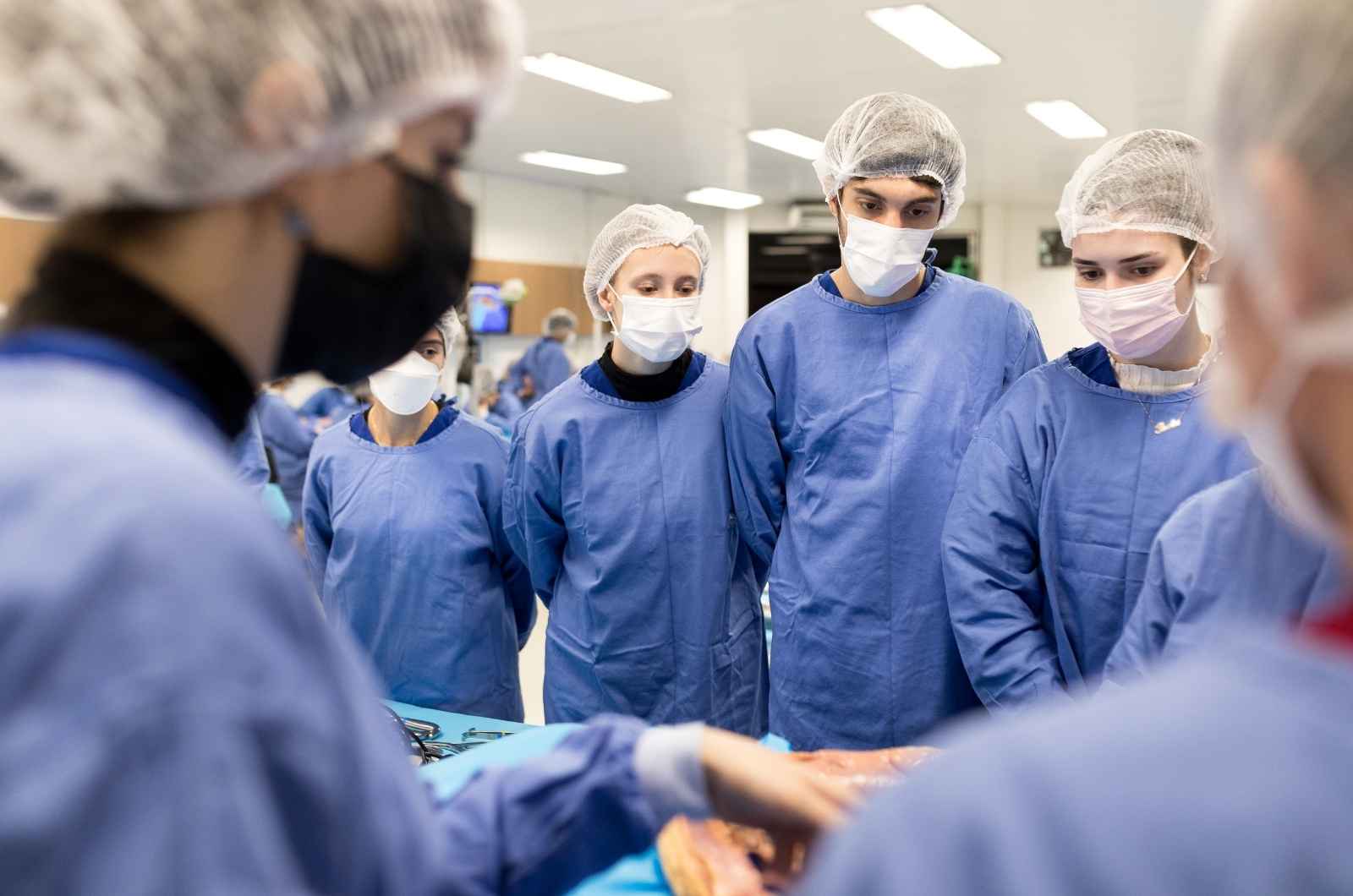Medical education laboratories are essential in shaping the skills of future surgeons. These labs utilize human bodies and organs to provide hands-on training, which is crucial for learning complex medical procedures. Through practical experience, doctors can bridge the gap between theoretical knowledge and real-world application. This method not only enhances the competence of new doctors and graduate students but also contributes to medical research and the development of new medical devices. Understanding the role of human bodies in surgical training helps appreciate the importance of practical anatomy in medical education.
?Why are human body parts valuable for surgical training
Human body parts are invaluable for surgical training due to their realistic and tangible nature. When you train on actual human bodies and organs, you gain hands-on experience that is impossible to replicate with synthetic models or simulations. This direct interaction allows you to understand the complexities and nuances of human anatomy in a way that books and virtual tools cannot provide.
Working with real human tissues helps you develop a tactile sense that is crucial for performing delicate surgical procedures. You learn how different tissues feel, how they respond to surgical instruments, and what variations you might encounter in real patients. This type of training also helps you to practice and perfect your techniques, ensuring that you are well-prepared for the operating room.
Moreover, training on human bodies allows you to experience unexpected situations that can arise during surgery. These scenarios teach you how to adapt quickly and make critical decisions under pressure. This kind of preparation is essential for building your confidence and competence as a surgeon.
In summary, the use of human body parts in surgical training provides you with an unparalleled learning experience. It bridges the gap between theoretical knowledge and practical skills, ensuring that you are fully equipped to handle the complexities of real-life surgery.
?How do medical education laboratories train surgeons using human bodies
Medical education laboratories use human bodies to provide hands-on training for surgeons. In these labs, you can practice surgical techniques in a controlled environment, which is crucial for developing your skills. Real human bodies offer a realistic experience that models cannot replicate. This practical training allows you to understand the anatomy better and see how different tissues respond to surgical instruments.
You typically start with basic procedures and gradually move to more complex surgeries. This step-by-step approach helps build your confidence and competence. Instructors often guide you through the process, offering tips and feedback to improve your technique. They may also demonstrate procedures, allowing you to observe and learn before performing them yourself.
Using human bodies in training also helps you learn to manage unexpected complications. Real-life scenarios can be unpredictable, and practicing on human bodies prepares you for these challenges. You get to experience the tactile feedback and visual cues that are essential for successful surgeries.
Overall, training with human bodies in medical education laboratories is an effective way to enhance your surgical skills, providing a bridge between theoretical knowledge and practical application. This method ensures you are well-prepared for real-world surgical situations.
?What is the impact of practical anatomy on medical education
Practical anatomy plays a significant role in shaping the skills and knowledge of medical students and professionals. By working with real human bodies, you gain firsthand experience that textbooks and simulations simply cannot provide. This hands-on approach enhances your understanding of human anatomy, making it easier to grasp complex structures and relationships within the body.
Through practical anatomy sessions, you can practice surgical techniques in a controlled environment. This experience is crucial for building confidence and competence before performing procedures on living patients. Additionally, it helps you develop critical skills such as precision, hand-eye coordination, and spatial awareness.
Medical education laboratories also foster a deeper appreciation for the human body. By seeing and working with actual organs and tissues, you develop a more profound respect for the complexity and fragility of life. This can enhance your empathy and ethical considerations when treating patients.
Furthermore, these laboratories support ongoing medical research. By providing access to human specimens, they enable you and other researchers to study diseases, test new treatments, and innovate medical devices. This contributes to the advancement of medical science and the improvement of healthcare outcomes.
In summary, practical anatomy is an invaluable component of medical education, offering unique benefits that theoretical learning alone cannot match.
Medical education laboratories are essential for training surgeons, offering hands-on experience with human bodies and organs. These labs help bridge the gap between theoretical knowledge and practical skills, ensuring new doctors are well-prepared for real-life procedures. By practicing on real human tissues, surgeons can better understand the complexities of human anatomy and improve their techniques. This approach not only enhances surgical education but also contributes to medical research and the development of new medical devices. Overall, the use of human bodies in surgical training is invaluable for advancing medical science and improving patient care.
click here for more info: http://biotechanatomy.co.il/
